-
How to prune a fruit tree in summer
 Lee Burkhill: Award Winning Designer & BBC 1's Garden Rescue Presenters Official Blog
Lee Burkhill: Award Winning Designer & BBC 1's Garden Rescue Presenters Official Blog

I'm often asked by new and experienced gardeners how to prune fruit trees in summer. Many gardeners know of winter pruning before spring as housekeeping but summer pruning often gets overlooked. Maybe its the euphoria of long sunny days, flowers all around the garden and hazy nights watching sunsets. However, if you fail to keep your fruit trees in check you may receive disappointing bounties or an excess of branches compared to fruit. This guide will show you how to prune fruit trees in summer.
Pruning fruit trees in later summer ensures that new growth put on this year is productive by removing excess growth or branches that aren't really going to provide much fruit or will take energy away from other branches that could fruit. It's about selective pruning and giving your fruit trees a helping hand. The second reason for pruning fruit trees in August and September is to help ripen existing fruits by removing crowded foliage or growth.
By pruning your fruit trees in summer you can help shape the ultimate growth of your fruit tree. Meaning that you can help it be more productive and less likely to suffer from disease or damage from rubbing branches.
Did you know that you can take my course and learn how to become a Garden Ninja yourself? Click here for details
Before you head off in a giddy haze ready to prune your fruit trees you need to make sure you have a clean sharp pair of secateurs to hand. The sharper your tools the better as this means cleaner neater cuts. Old rusty and dull secateurs are more like to tear and damage your fruit trees. Also, blunt tools are harder to use and will make the overall pruning experience far more frustrating.
Even if you're a beginner gardener with a cheap pair of secateurs then cleaning them with a wire scourer in the kitchen first and adding a drop of oil to both the blades and hinge will result in a far better pruning of your tree. We're preparing for success here, not failure!
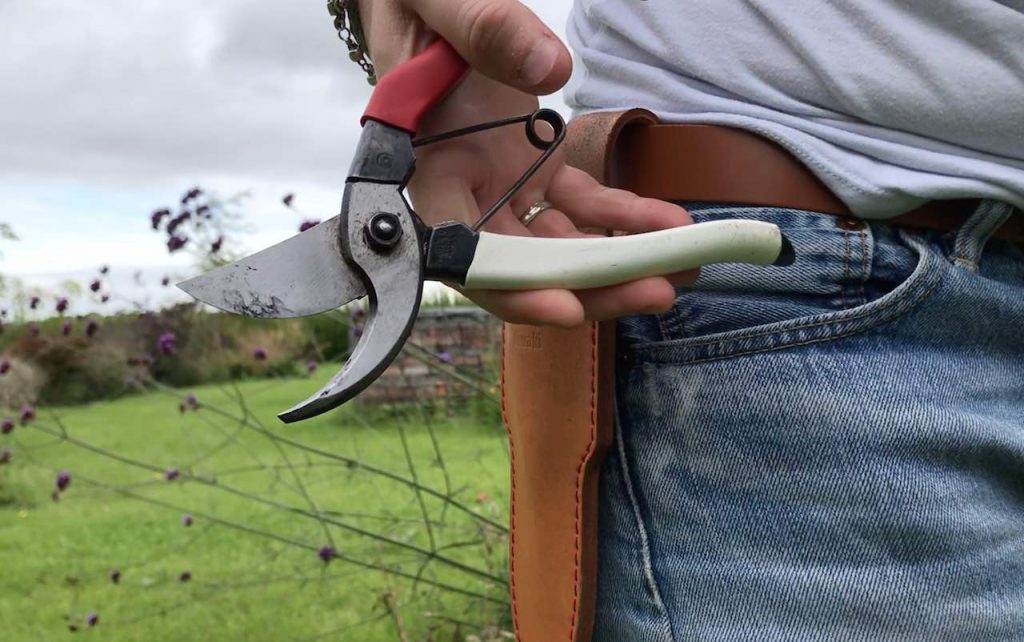
If you have a sharpening block and feel comfortable, then I always recommend a pre-prune sharpening. However, don't feel put off by this. You can make the best of the tools you have.
All pruning cuts need to be at an angle away from the next bud or leaf down. Always try and avoid horizontal cuts, which are more likely to heal badly or get moisture ingress, leading to rotten branches. I've got a detailed pruning guide here for more specifics or the clip at the bottom of this post.
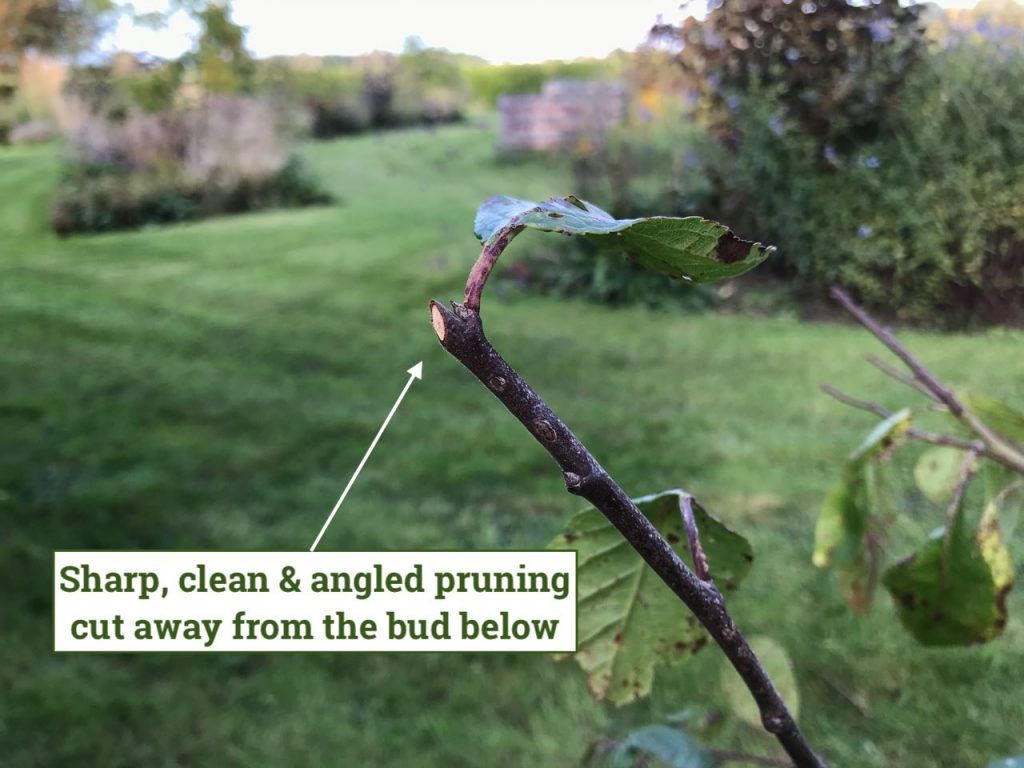
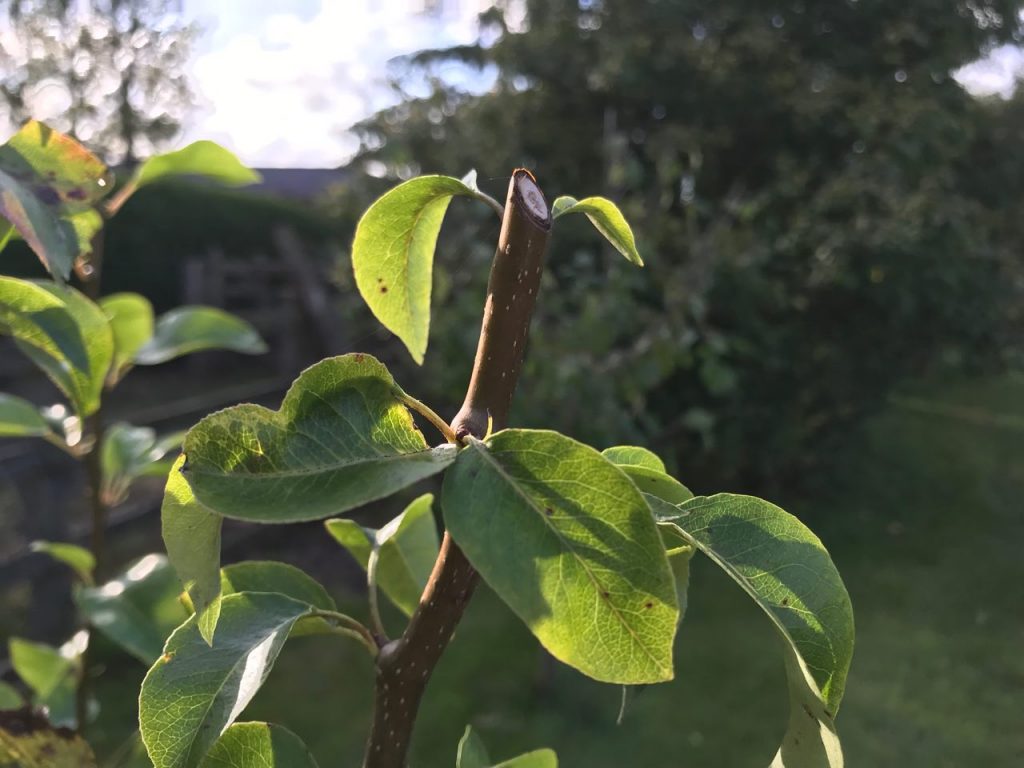
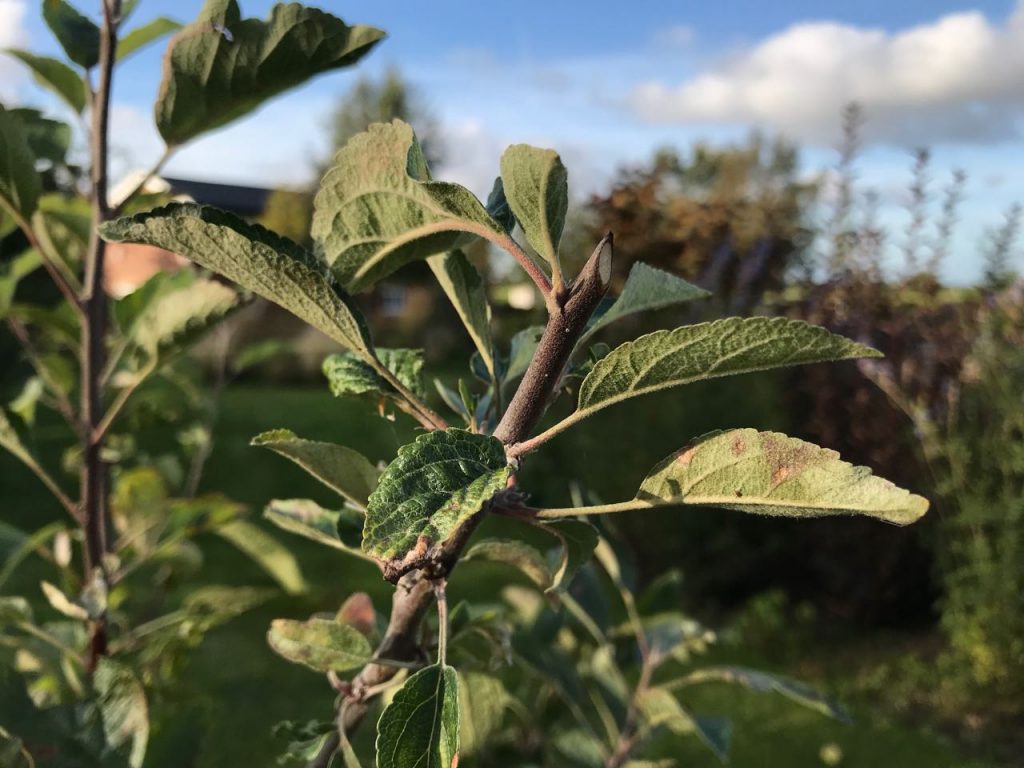
The first pruning tasks is to ensure that fruits that already exist on your fruit tree are getting the most light and air to them. This will help ripen them and reduce the chances of mould or other diseases from overcrowding. Around later August and early September I remove any foliage or shoots around the fruit to help get maximum sunlight to them. This is good housekeeping and enables you to also remove any damaged or excess fruit from the spurs. It's better to have 3 really good apples on a spur than 6 tiddlers that are likely to bruise or damage each other.
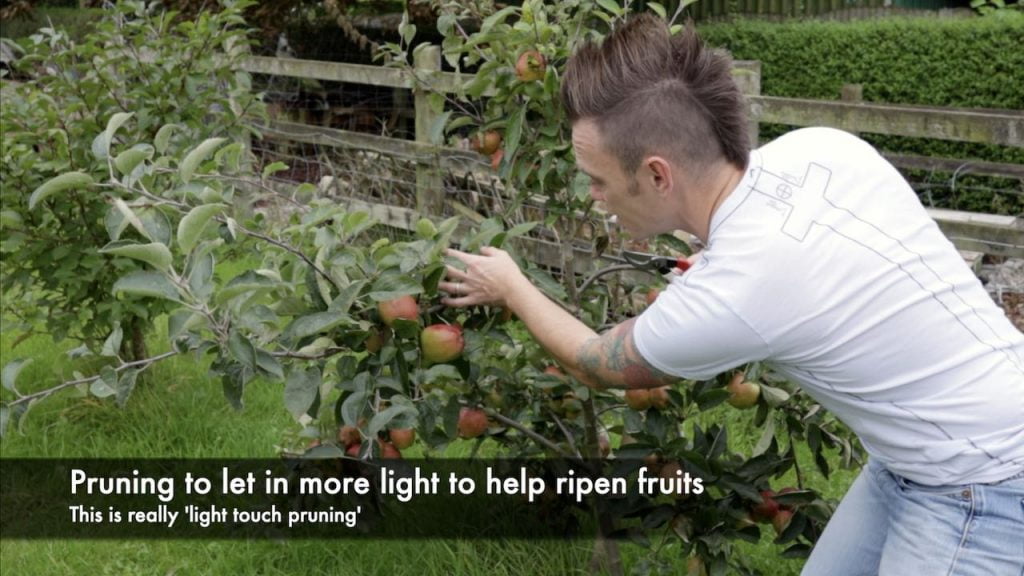
The next step is to remove excess growth that your fruit tree may have put on in the current year. Even on the smallest root stock fruit trees can out on significant growth with long thin branches and foliage. The issue with this is that it takes energy and focus away from fruits. So if you want the good stuff we have to politely guide the fruit tree back to its intended purpose. Delicious fruit rather than an unproductive set of branches!
If you leave these large flexible branches the likelihood is they will take the place of potential fruit. Also if they grow too long too quickly there's a chance they will suffer wind damage and if they do fruit become unsupportive. So either way, its best to nip them back or remove them if they are in the wrong place.
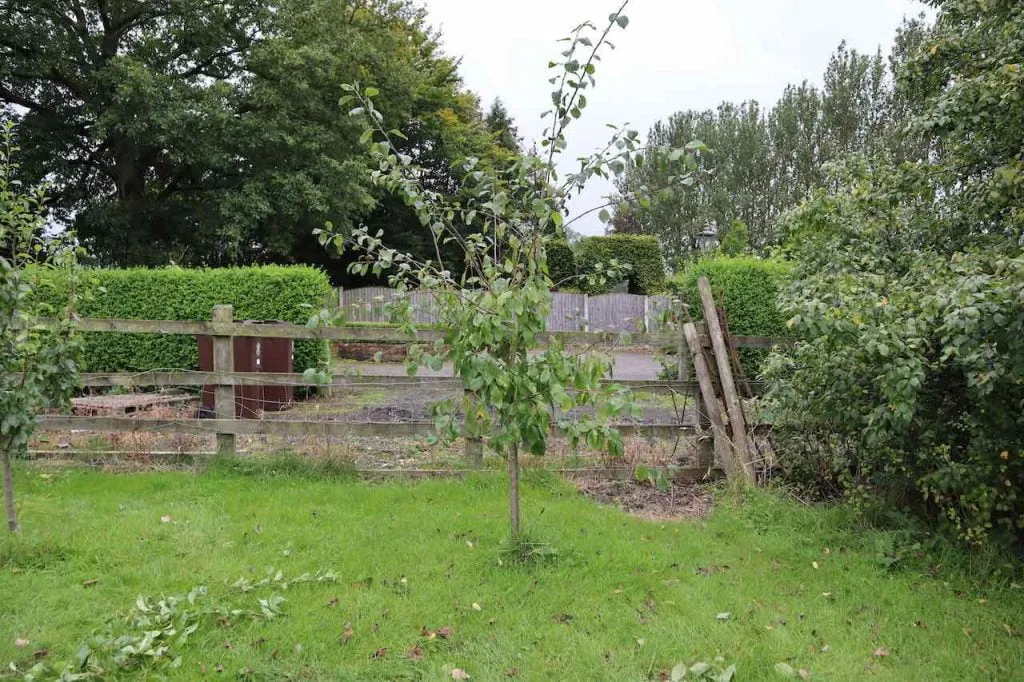
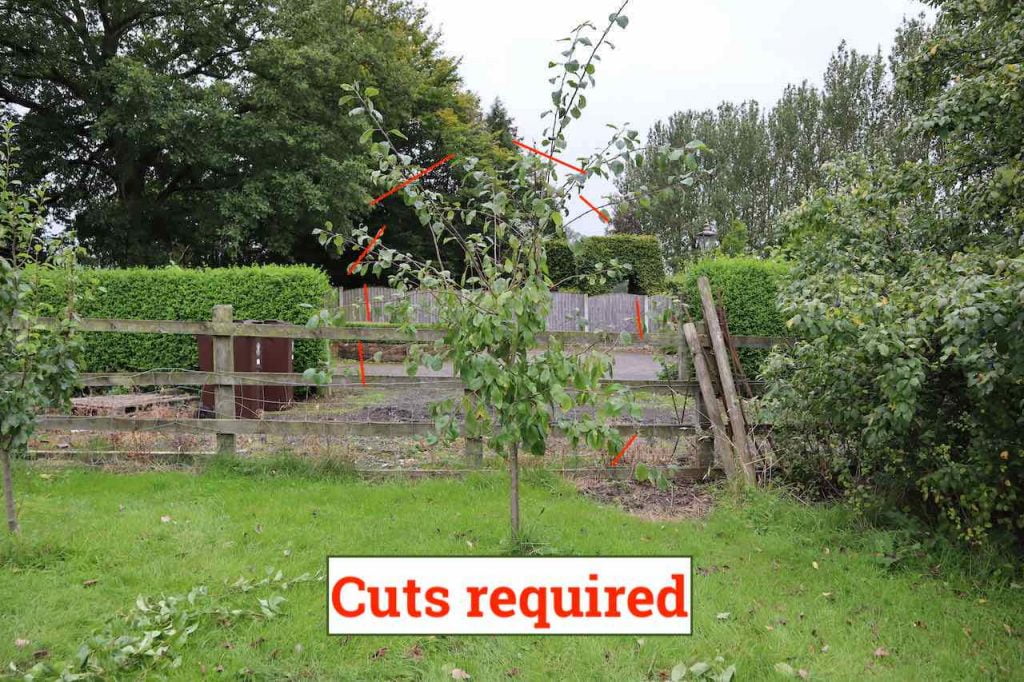
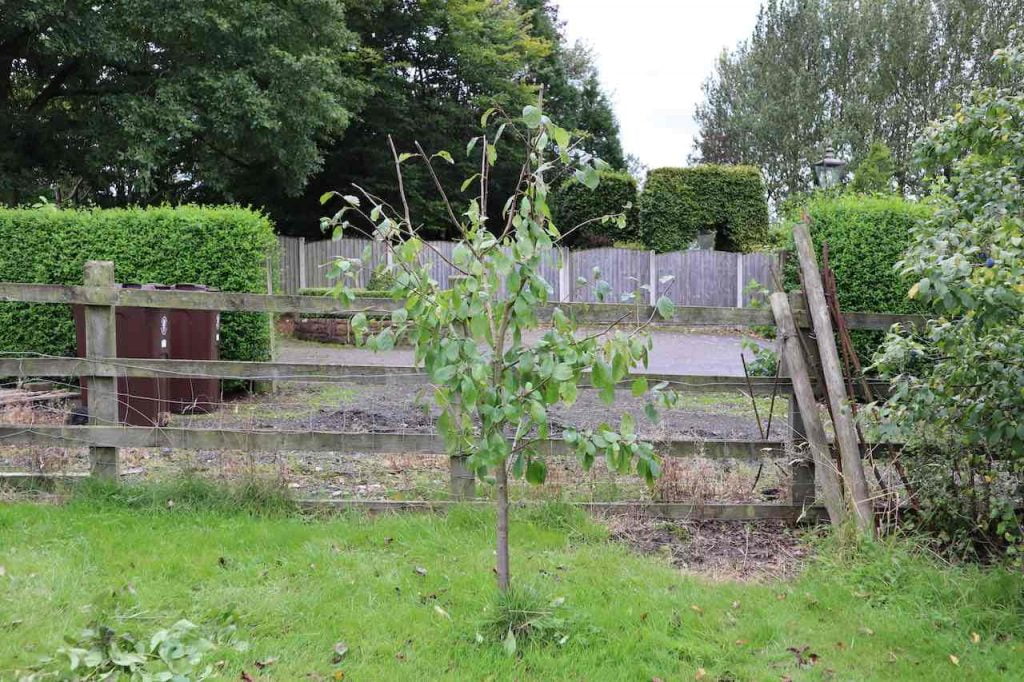
I prune my fruit trees every year in summer, taking back new soft growth. As a rule of thumb, you're pruning to remove any branches that are:
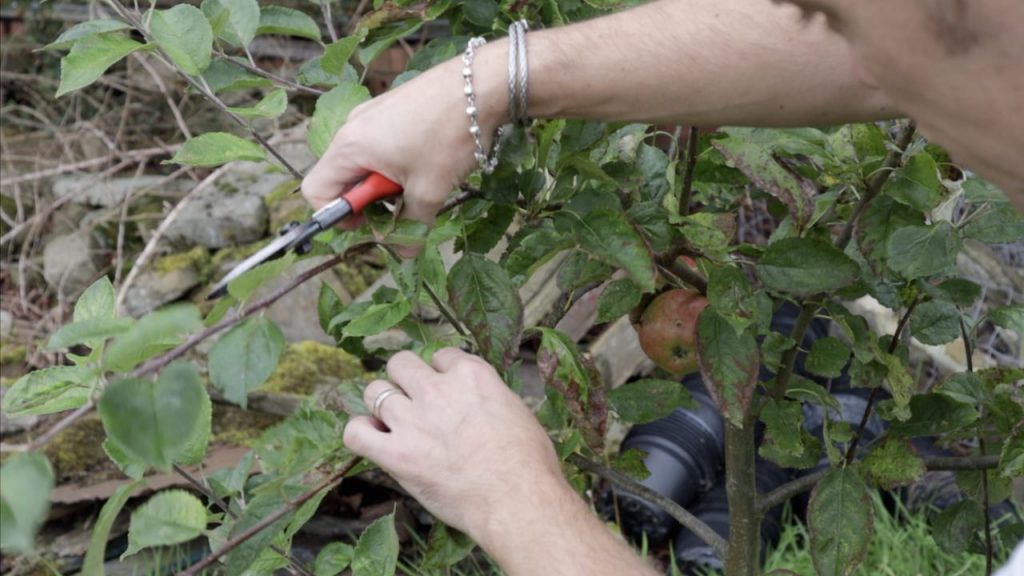
If you've inherited really old out of shape fruit trees then you may need to severely hard prune. A hard prune is better in winter in my experience. Which helps in getting the tree into a better 'framework'. By taking the tree back to 5 or 6 main branches removing everything else and then shortening them.
It may look brutal but sometimes this is the best way especially if they are congested and not bearing much fruit. I renovated a Pear tree that had become really overgrown and unproductive and this method worked fine. You will probably sacrifice the next year's fruit but if it's hardly producing its no real loss.
The benefit of winter pruning is that you can see a lot better in the winter once the trees have shed their leaves. One word of caution is never to prune the Prunus or Plum/Cherry tree family in winter as it can encourage silver leaf disease. Always prune these in the spring or summer.
The Open Goblet shape is what's thought of as the best 'form' for a bush or standard fruit tree. Simply put its an open cup structure that allows plenty of air and light in. Think of holding your hand outstretched like your holding a large grapefruit with fingers outstretched and that is the best way to visualise it. No branches reaching in all facing outwards with space between.
To check if you've pruned enough off I move my hand between the branches of my fruit tree as in the video at the start of this post. If I keep hitting branches in the middle I take more off. I'm aiming to allow my hand to pass freely through the centre of the fruit trees branch network.
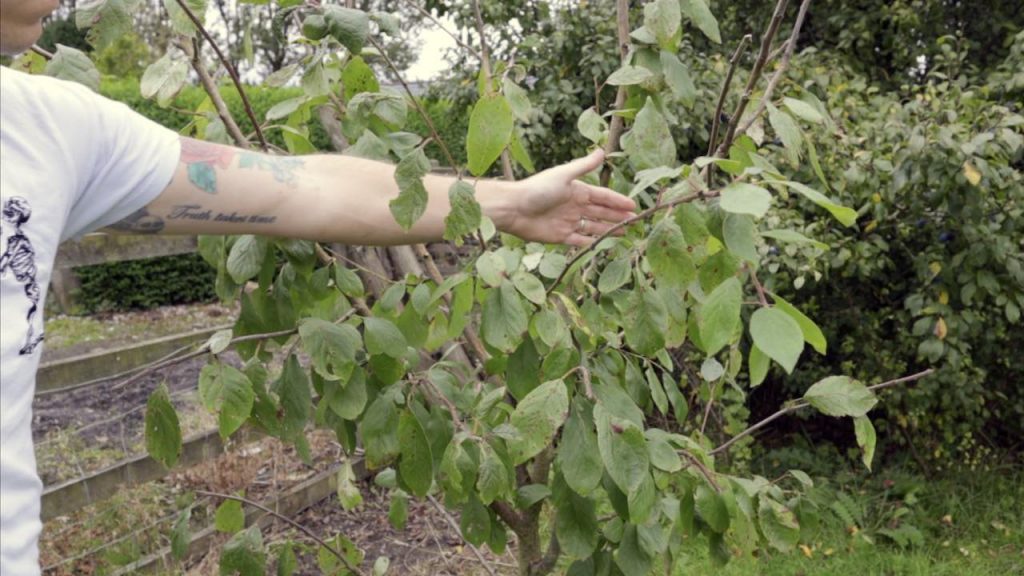
Another thing to bear in mind with pruning fruit trees is whether you've got one of the rarer tip bearing trees. These trees such as Bramley's Seedling produce their flowers and fruits right near the end of the branches. Hence the term tip bearing. Now obviously if you're going to cut off the ends of these branches you will lose the fruit so you need a modified version of the pruning guide.
For tip bearing apple trees I usually winter prune only removing any congested or crossing growth. I may remove some lateral branches that maybe overshadowing the tips fruits but thats it. The good news is there are very few real tip bearing fruit trees and its obvious to spot once they have fruit on them. Then there's partial tip bearing which also requires the same principles.
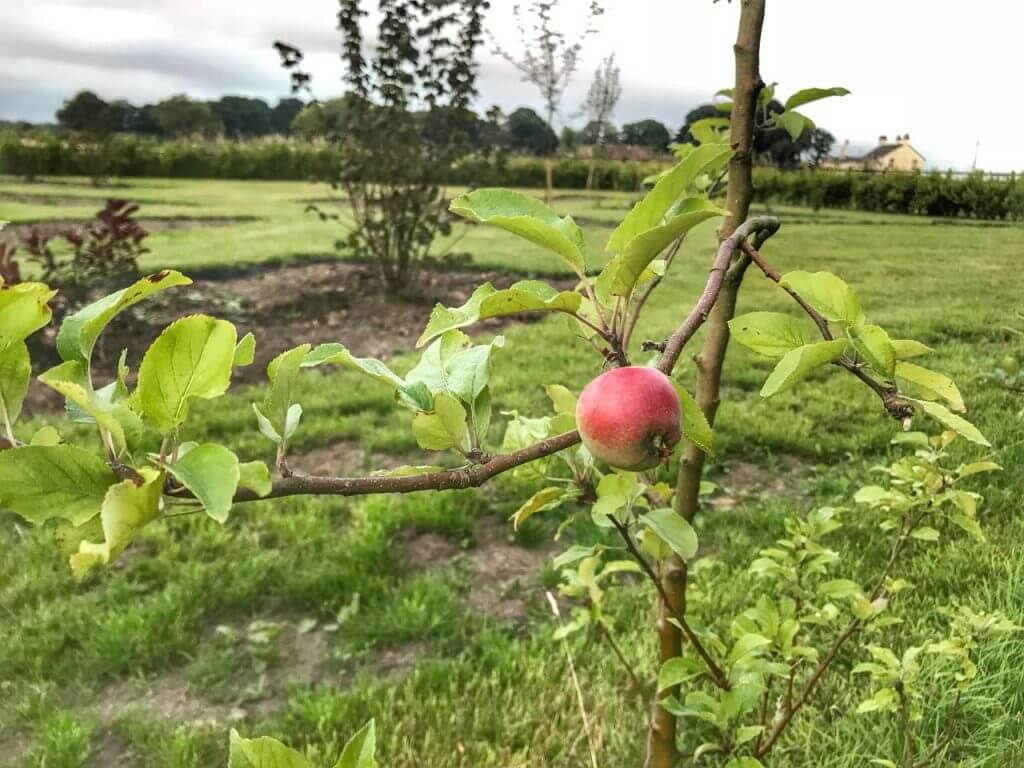
You can take a branch back to the next bud to try and encourage it to fruit the year after, but it is unlikely in my experience. It's usually easier if you're taking back a branch on a tip-bearing fruit tree to take it all the way back to the main stem and leave new growth to then bare the fruit the year after.
Pruning really doesn't have to be as scary as some people believe it to be. The biggest learning curve is having the conviction to prune your tree properly rather than tentatively. By making bold clean cuts you're helping to shape your tree and keep it in order.
There are no hard and fast rules to say you must either summer or winter prune yearly. If your tree is productive and there's no crowding, then leave your fruit tree alone. I'm all for taking the path of least resistance when it comes to gardening.
However, if left totally unpruned you're likely to head towards less fruit and potential damage to your fruit trees. There are also loads of conflicting opinions and guides on pruning. Whether summer pruning is required or should be avoided, this guide is based on my years of experience with fruit trees. and what has worked for me.
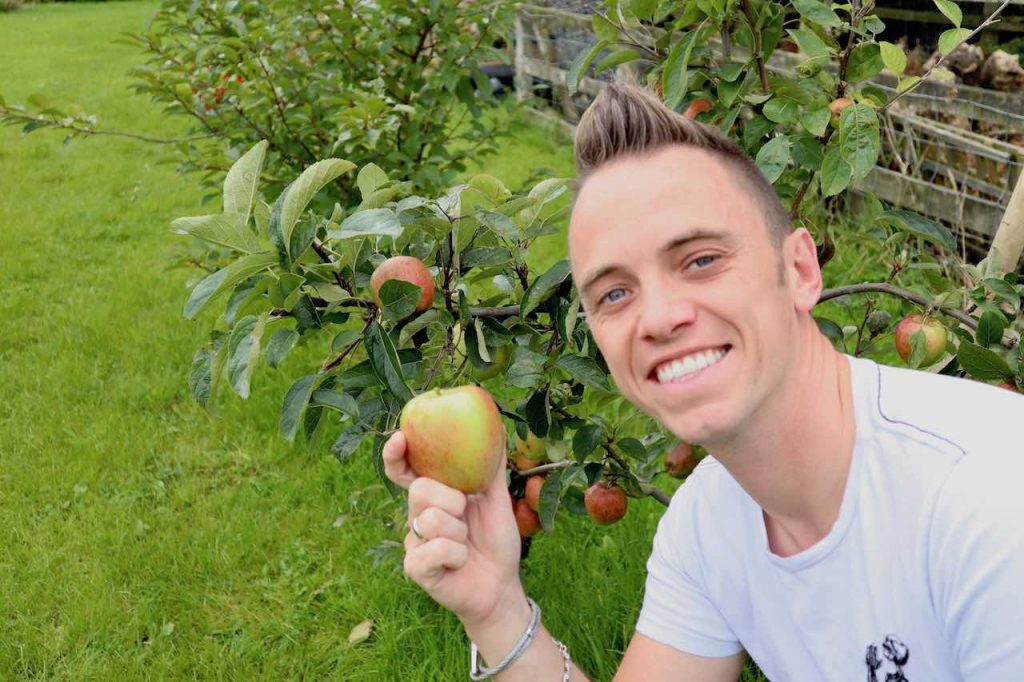
If you have questions on fruit tree pruning, why not get in touch on my Twitter, Facebook or Instagram for more garden guides and tips? Check out the other guides and vlogs on my Youtube channel.
Happy Gardening!



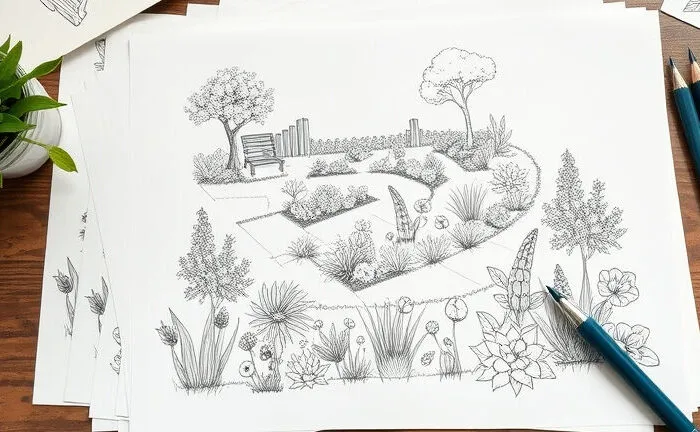

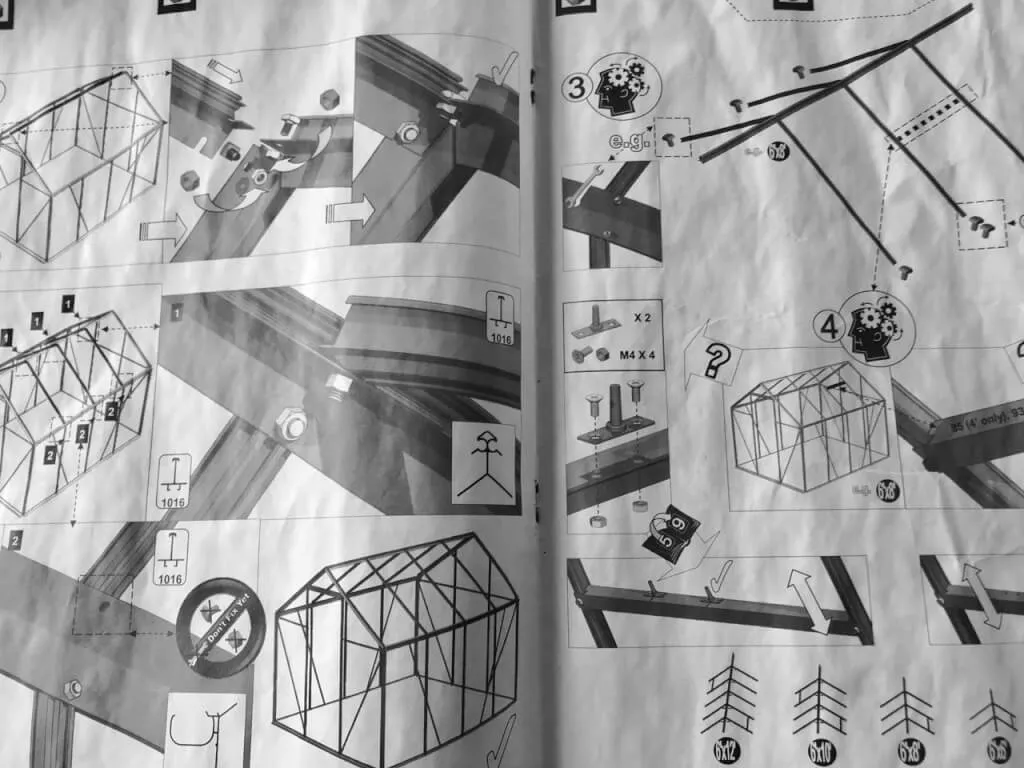
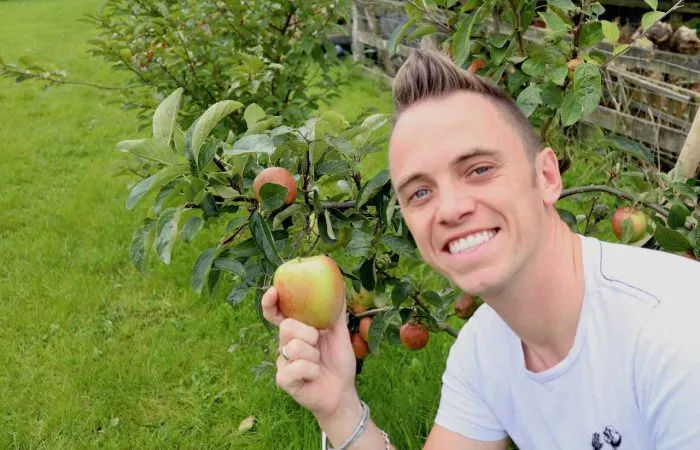

JOIN THE NINJAS

Be the first in line for new Guides, Discount codes and Offers